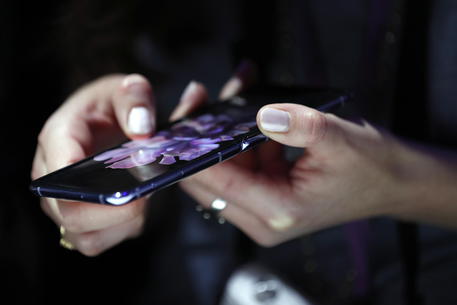The decision to close the mental health service dedicated to LGBTQ+ youth has sparked a wave of controversy. The Substance Abuse and Mental Health Services Administration (SAMHSA), the U.S. federal agency within the Department of Health and Human Services, announced that as of July 17, the 988 Suicide & Crisis Lifeline will no longer include Option 3, the section exclusively dedicated to supporting queer individuals in crisis situations.
According to SAMHSA, the hotline will now focus on a “universal service” aimed at all people in distress, specifying that callers to 988 will continue to receive support from “qualified, compassionate, and culturally competent counselors,” regardless of gender identity or sexual orientation. However, no official clarifications were provided about the fate of the specialized staff previously employed in this dedicated area.
The initiative, announced during Pride Month, has provoked strong reactions in political circles and civil rights organizations. Jaymes Black, CEO of the U.S. nonprofit organization The Trevor Project, described the closure as “a devastating loss for over 1.3 million young people from the rainbow community who benefited from the service.” In a statement, he added that “suicide prevention should be driven by human needs, not political agendas.”
Democratic Senator Tammy Baldwin from Wisconsin also strongly criticized the move, calling it “cruel and unnecessary,” and accusing the Trump administration of “taking a step backward precisely at a moment that should celebrate progress in the fight for equality.” Baldwin also highlighted the exclusion of the letter “T” (representing transgender people) from the LGBTQ+ acronym in SAMHSA’s official announcement, calling it “a symbolically offensive act.”
Launched in 2022, the 988 service had seen a 40% increase in calls immediately following its activation, confirming itself as a crucial resource for those facing mental health emergencies. In this context, Option 3 served as a vital lifeline for many LGBTQ+ youth, offering targeted listening and support in a landscape where rates of suicide, isolation, and psychological distress are significantly higher than the national average. Now, as calls grow louder for Congress and the public to monitor the real impact of this decision, officially justified by “inclusive” intentions, there is growing concern that the people who will pay the price are precisely the most vulnerable, once again rendered invisible.












